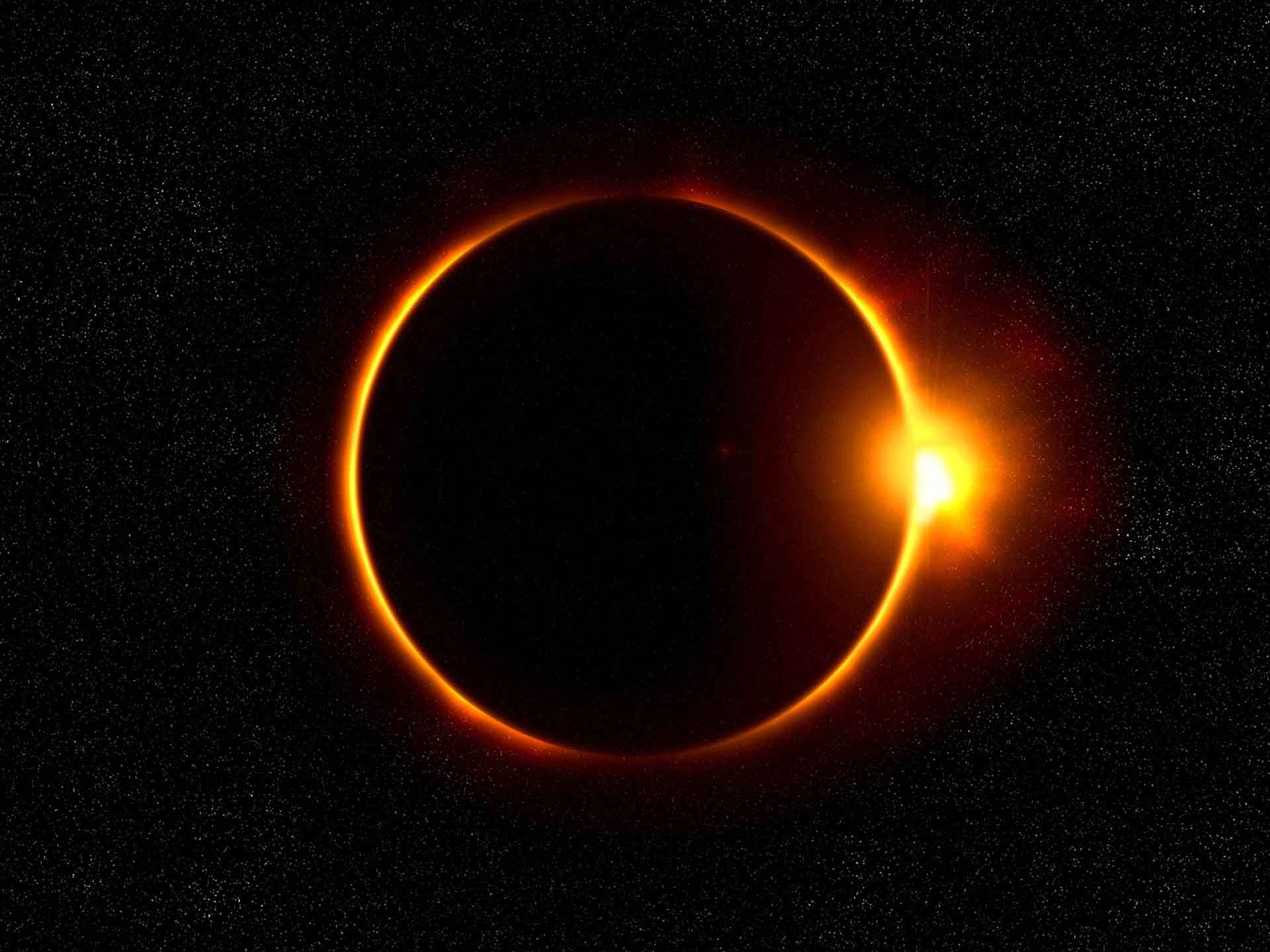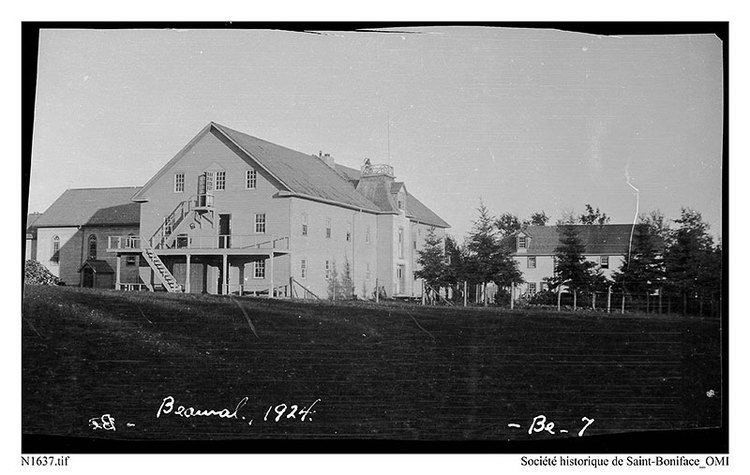Watching the sun rise over the Atlantic is a cherished experience for many along Canada’s eastern shores. But this Saturday morning, the sun will offer a rare and striking departure from the usual scene.
Rather than the familiar reddish-orange disc emerging over the horizon, early risers will witness a sharp crescent of sunlight—an effect caused by a deep partial solar eclipse.
This March 29 event follows the lunar eclipse visible across much of North America on March 14. Eclipses tend to come in pairs, separated by about two weeks, as they require the Earth, moon, and sun to align in a straight line.
Earlier in the month, the moon passed through Earth’s shadow. Now, the moon will step in front of the sun, partially blocking its light from reaching Earth.
Unlike last April’s stunning total eclipse, this time the moon’s central shadow will miss Earth entirely. Still, a dramatic partial eclipse will be visible across Atlantic Canada and eastern Quebec, including as far inland as Charlevoix. In these areas, more than 80% of the sun’s disc will be obscured. Along the Labrador coast and in parts of Baffin Island, that coverage will exceed 90%.
Observers farther west will see much less. In Ottawa, the moon will cover less than one-third of the sun, while in Toronto the eclipse will barely be noticeable—if at all.
As always, weather will play a key role in visibility, and forecasts are mixed across the region.
A crucial reminder: never look directly at the sun without proper eye protection. Regular sunglasses are not safe. Use eclipse viewers that meet international safety standards, and if you’re digging out glasses from last year’s total eclipse, inspect them for scratches or damage before use. Binoculars and telescopes should only be used with certified solar filters.
The timing of this eclipse is especially memorable—it will already be in progress as the sun rises in most Atlantic Canadian locations. One exception is St. John’s, where the entire eclipse will be visible from 6:58 a.m. to 8:52 a.m. local time.
Further south in Halifax, the crescent sun will rise around 7 a.m., with the eclipse peaking just 15 minutes later.
Tiffany Fields, an astronomy technician who manages the Burke-Gaffney Observatory at St. Mary’s University in Halifax, says she plans to head out early to find a spot in her neighborhood with a clear view of the eastern horizon.
“I think it’s especially fascinating when the sun takes on that crescent shape—it’s just so different from what we normally see,” she said.
For those with clear skies, the eclipse will offer a rare opportunity to photograph the sun as it rises, partially eclipsed, above the horizon. And for viewers along the coast, watching the sun emerge over the ocean, atmospheric refraction may add even more visual drama to the scene.



